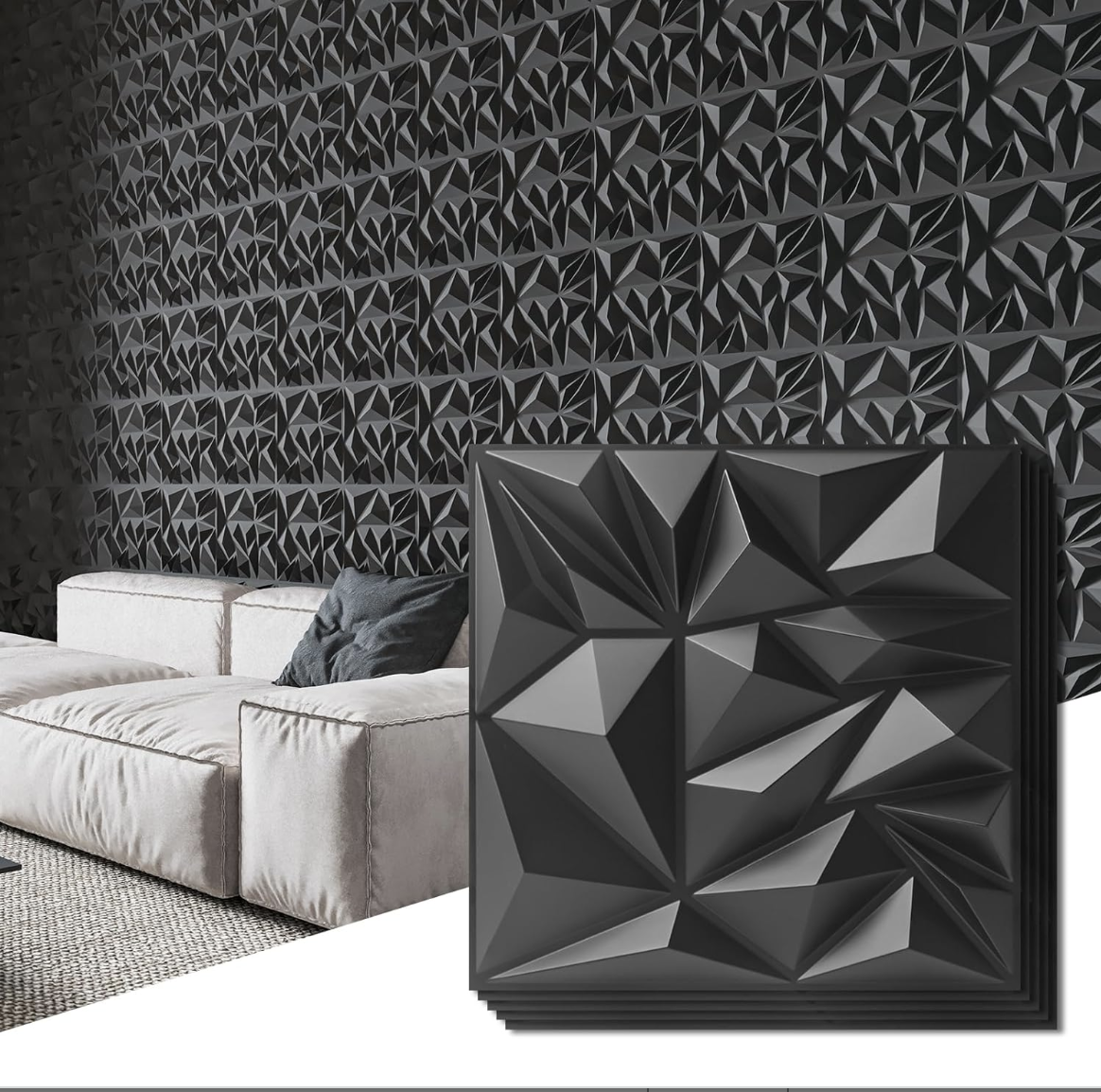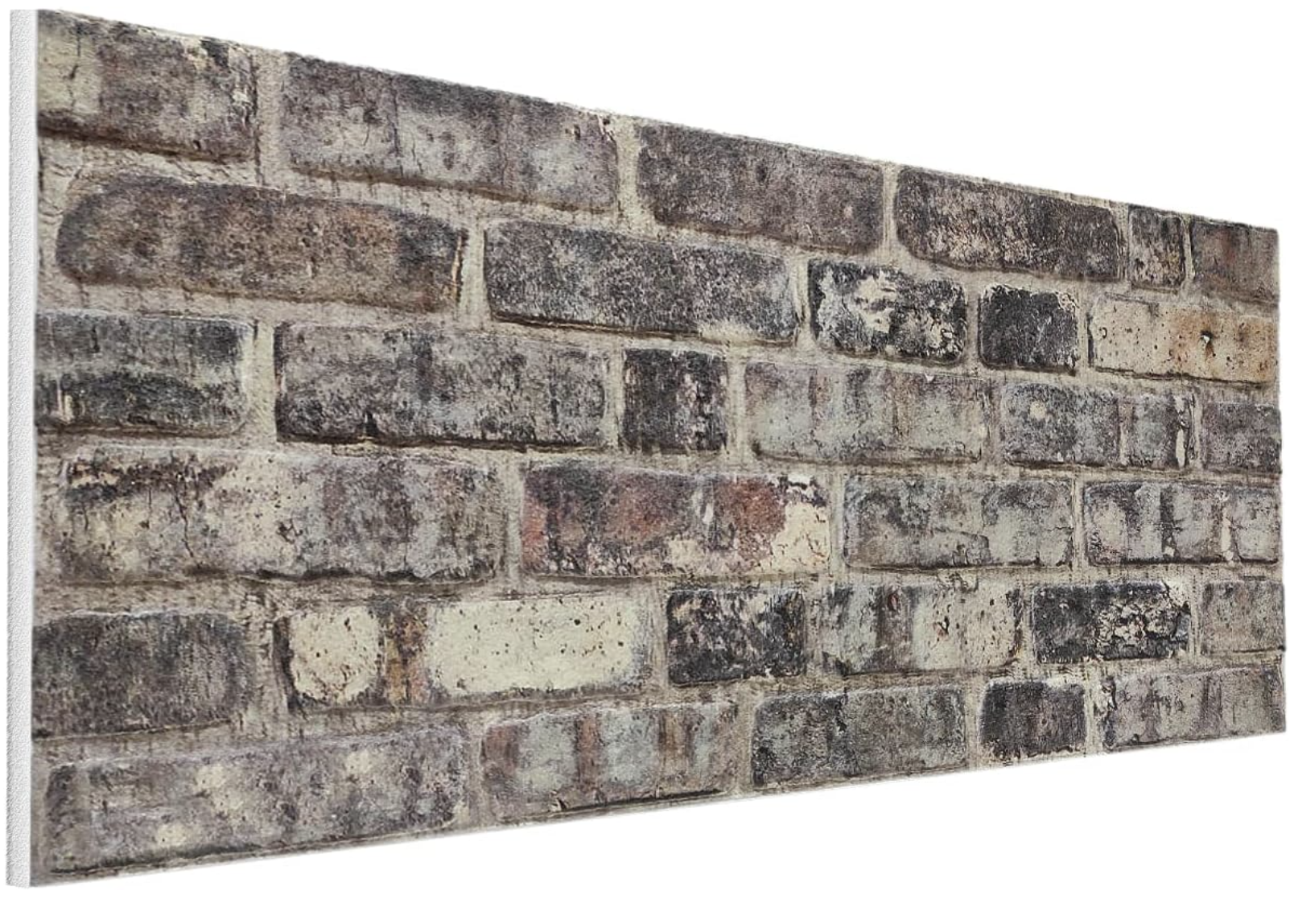Wall Panels: Transforming Interior Spaces with Style and Sophistication
Interior wall panels have emerged as a transformative element in modern interior design, offering a perfect blend of functionality and aesthetic appeal. These architectural elements not only add depth and character to any space but also provide practical benefits that make them an increasingly popular choice among homeowners and designers alike.

Understanding Wall Panels
Wall panels are decorative or functional elements that can be attached to interior walls to create visual interest, improve acoustics, or provide insulation. They come in various materials, styles, and dimensions, making them versatile enough to complement any interior design scheme, from minimalist modern to ornate classical aesthetics.
Types of Wall Panels
Wooden Panels
Traditional wooden panels remain a timeless choice, bringing warmth and natural elegance to any space. From classic wainscoting to contemporary slatted designs, wood panels can be crafted from various species like oak, maple, or walnut. The natural grain patterns and warm tones of wood create an inviting atmosphere, particularly suitable for living rooms and studies.
3D Decorative Panels
Modern manufacturing techniques have revolutionized 3D wall panel design with three-dimensional patterns that create stunning visual effects. These panels, often made from MDF, PVC, or composite materials, can feature geometric patterns, waves, or abstract designs that play with light and shadow to add depth and interest to walls.

Fabric-Covered Panels
Combining aesthetic appeal with acoustic benefits, fabric-covered panels are ideal for spaces where sound control is essential. These panels consist of a sound-absorbing core wrapped in decorative fabric, making them perfect for home theaters, music rooms, or bedrooms. They offer endless possibilities in terms of color and texture combinations.
Stone and Brick Veneer Panels
For those seeking a natural or industrial look, stone and brick veneer panels provide the appearance of solid masonry without the associated weight and installation complications. These panels can transform a plain wall into a striking feature that mimics the look of exposed brick or natural stone.

Benefits of Wall Panels
Enhanced Aesthetics
Wall panels serve as an excellent way to add visual interest and texture to otherwise plain walls. They can create focal points, define zones within a space, or simply add a layer of sophistication to the overall design scheme.
Improved Insulation
Many wall panel systems incorporate insulating properties that can help regulate room temperature and reduce energy costs. This is particularly beneficial in older buildings with poor thermal efficiency.
Sound Control
Certain types of wall panels, particularly those designed with acoustic properties, can significantly improve a room’s sound quality by reducing echo and controlling noise transmission between spaces.
Wall Protection
Panels can protect walls from wear and tear, especially in high-traffic areas. They act as a barrier against scuffs, marks, and minor impacts, potentially reducing maintenance costs over time.
Installation Considerations
Installing wall panels requires careful planning and attention to detail. The process typically involves:
Surface Preparation
Walls must be clean, dry, and level before installation begins. Any existing damage should be repaired, and the surface should be properly primed if necessary.
Layout Planning
A successful installation starts with thorough planning. Measure the wall space carefully and create a layout plan that considers factors such as panel size, pattern alignment, and the location of electrical outlets or switches.
Professional Installation
While some panel systems are designed for DIY installation, others may require professional expertise, particularly when dealing with complex patterns or materials that require precise cutting and fitting.
Design Tips for Wall Panels
When incorporating wall panels into your interior design, consider these key principles:
Scale and Proportion
Choose panel sizes that complement the room’s dimensions. Large panels can make a bold statement in spacious areas, while smaller panels might be more suitable for intimate spaces.
Color Coordination
Select panel colors and finishes that harmonize with your existing color scheme. Remember that panels can either blend seamlessly with your walls or serve as a contrasting feature element.
Lighting Considerations
Consider how natural and artificial lighting will interact with your chosen panels. Some materials and textures can create dramatic effects when properly lit, while others might require additional lighting to showcase their features effectively.
Maintenance and Care
Proper maintenance ensures the longevity of your wall panels. Different materials require specific care approaches:
Regular Cleaning
Dust and clean panels regularly using appropriate methods for the material. Wooden panels might need occasional polishing, while fabric panels may require vacuuming.
Repairs
Address any damage promptly to prevent it from worsening. Keep spare panels or materials for potential repairs, particularly for unique or custom designs.
Wall panels represent a significant investment in your interior design, offering both practical benefits and aesthetic appeal. By carefully considering the type of panels, installation requirements, and design principles, you can create stunning interior spaces that reflect your style while providing functional advantages. Whether you’re renovating a single room or planning a complete interior makeover, wall panels offer endless possibilities for transforming your space.
